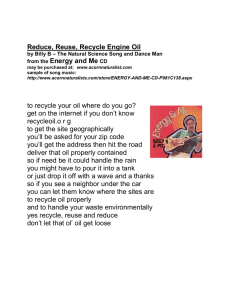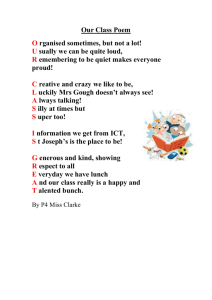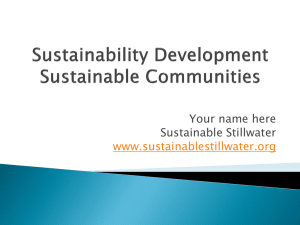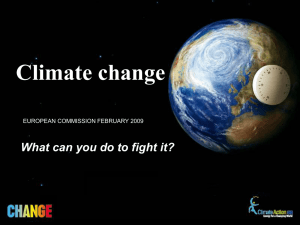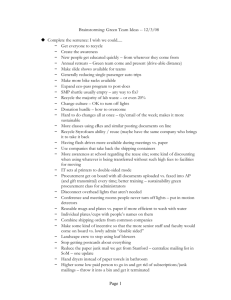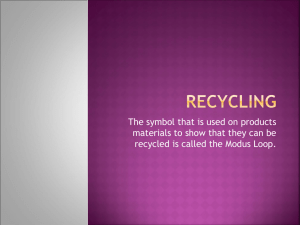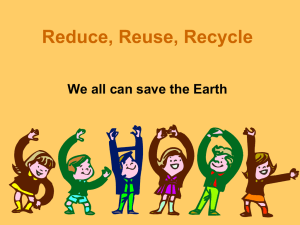View the case study
advertisement
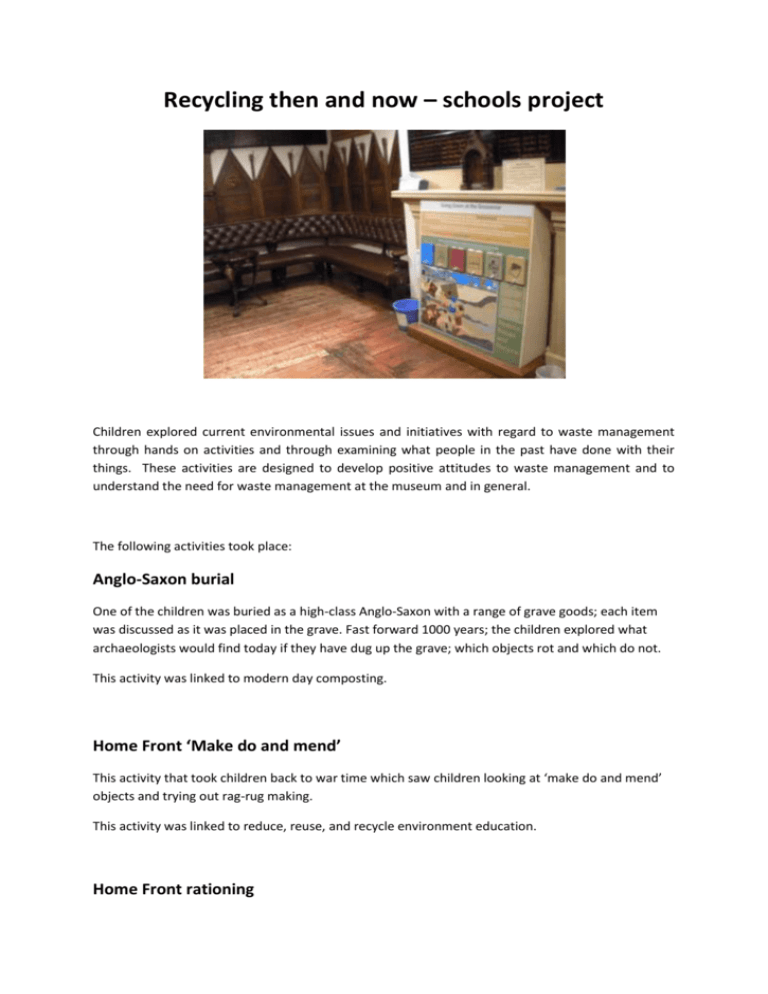
Recycling then and now – schools project Children explored current environmental issues and initiatives with regard to waste management through hands on activities and through examining what people in the past have done with their things. These activities are designed to develop positive attitudes to waste management and to understand the need for waste management at the museum and in general. The following activities took place: Anglo-Saxon burial One of the children was buried as a high-class Anglo-Saxon with a range of grave goods; each item was discussed as it was placed in the grave. Fast forward 1000 years; the children explored what archaeologists would find today if they have dug up the grave; which objects rot and which do not. This activity was linked to modern day composting. Home Front ‘Make do and mend’ This activity that took children back to war time which saw children looking at ‘make do and mend’ objects and trying out rag-rug making. This activity was linked to reduce, reuse, and recycle environment education. Home Front rationing Rationing related objects were on display for the children to handle. This activity involved the children attempting to separate food into categories of what was rationed, what was available on points system and what was unavailable. Modern day environmental links included reduce, reuse, recycle and love food, hate waste Stratagraph Things from the past which people loose, throw away or deliberately bury are left behind underground. Usually the oldest things are found furthest underneath the ground. This activity asked children to place objects from different time periods at the correct level on a stratagraph. This activity linked to rot or not, composting and landfill issues. Tudor Inventories Children were shown a Tudor inventory; the list of someone’s possessions when they died. Most people in the past had a lot less ‘things’ than we have today and they were much better at reusing things too. The children were then asked to write out their own inventory for their bedroom but with Tudor quills and ink. This activity had reduce, reuse and recycle environmental links. Waste audit. One days waste (including food waste) from the school was collected and weighed. Calculations determined how much the school wastes over a whole year. Children engaged in conversations around waste and how we can reduce reuse and recycle the materials we throw away.

